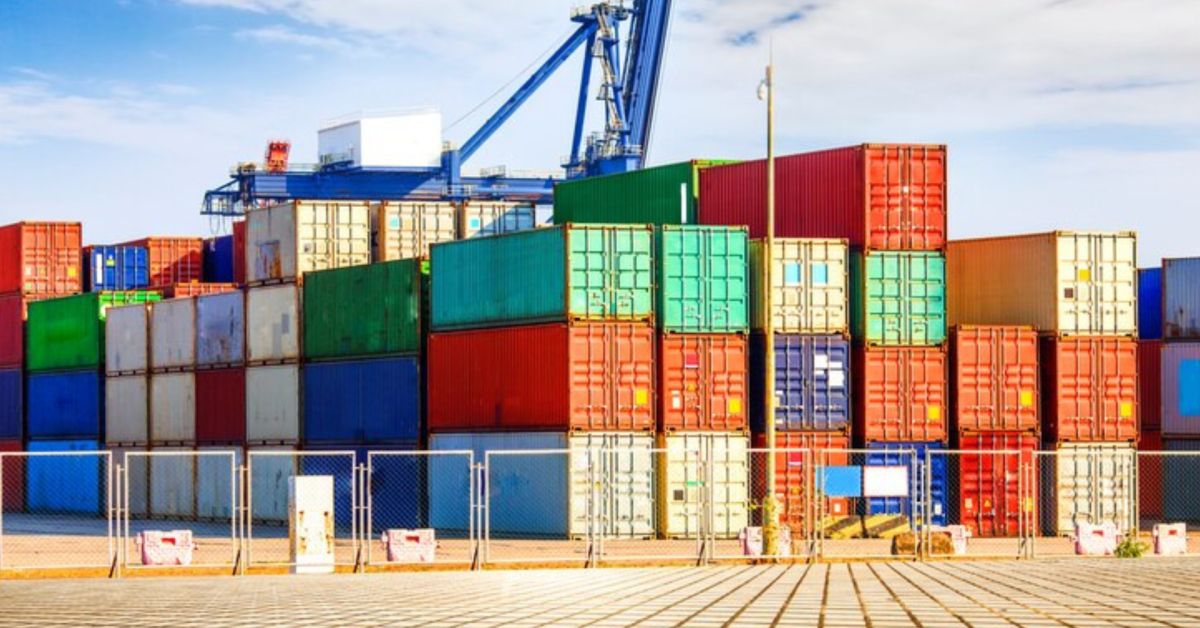
PTA Urged to Expedite Starlink Launch by NA Committee
February 6, 2025
Pakistan-China Diplomatic and Economic Agreements
February 7, 2025Pakistan Unlikely to Meet $60 billion Export Target: PBC
Pakistan is facing significant challenges in fulfilling the aspiring target worth $60 billion. It has historically been relying on the agricultural sector, attributing to its economic growth and larger GDP output. As a country driven by the primary sector is juggling with detriments in overall economic growth due to the utilization of conventional methods within agricultural practices.
Moreover, it is important to highlight that the soaring inflation rates in Pakistan make it difficult for export rates to rise because the local industries are at risk as a consequence of surges in gas and electricity bills. Industries face upfront challenges in keeping up with their production targets and endeavors. The Pakistan Business Council has expressed concern that the upward trend of skyrocketing energy costs will cause hurdles in the export targets, landing manufacturing industries undergoing financial losses. Moreover, this continues the vicious cycle of unemployment, having industries continue to lay off workers to curtail fixed costs. Limited human resources coupled with the accelerating production costs increase in strength like a snowballing avalanche obstructing export growth.
Pakistan’s export sector has historically faced difficulties in achieving steady growth. In the fiscal year 2023, exports were recorded at nearly $35 billion, reflecting a decline from $39.5 billion in 2022. To reach the $60 billion target, the country would need to sustain an annual export growth rate of about 18% for the next three years.






